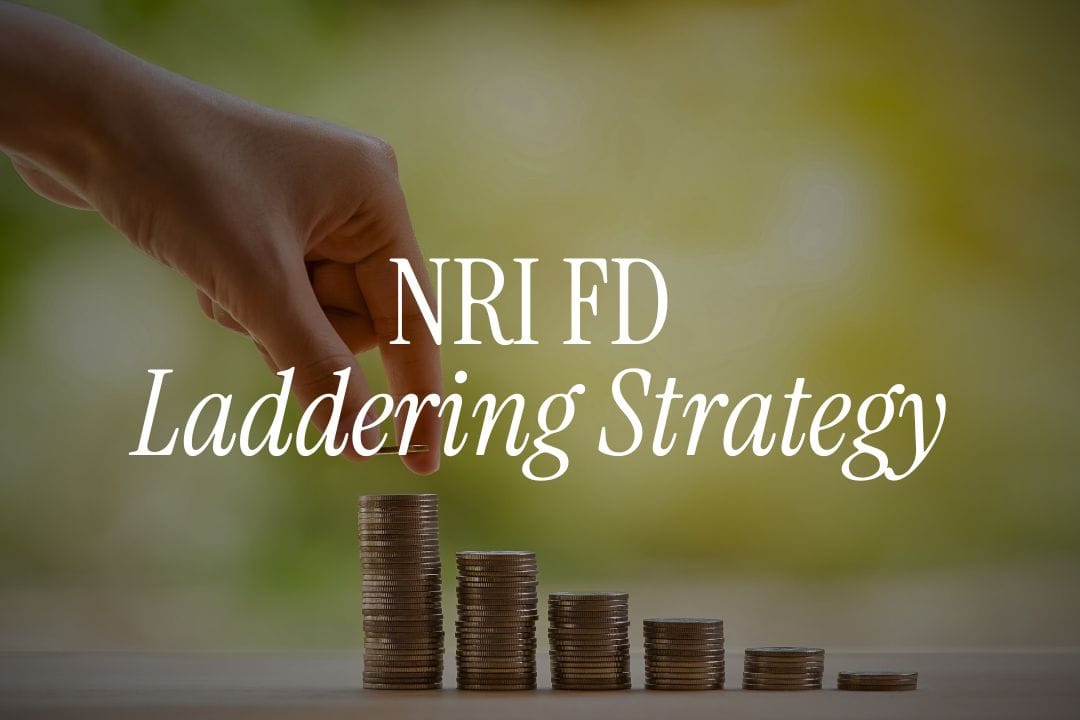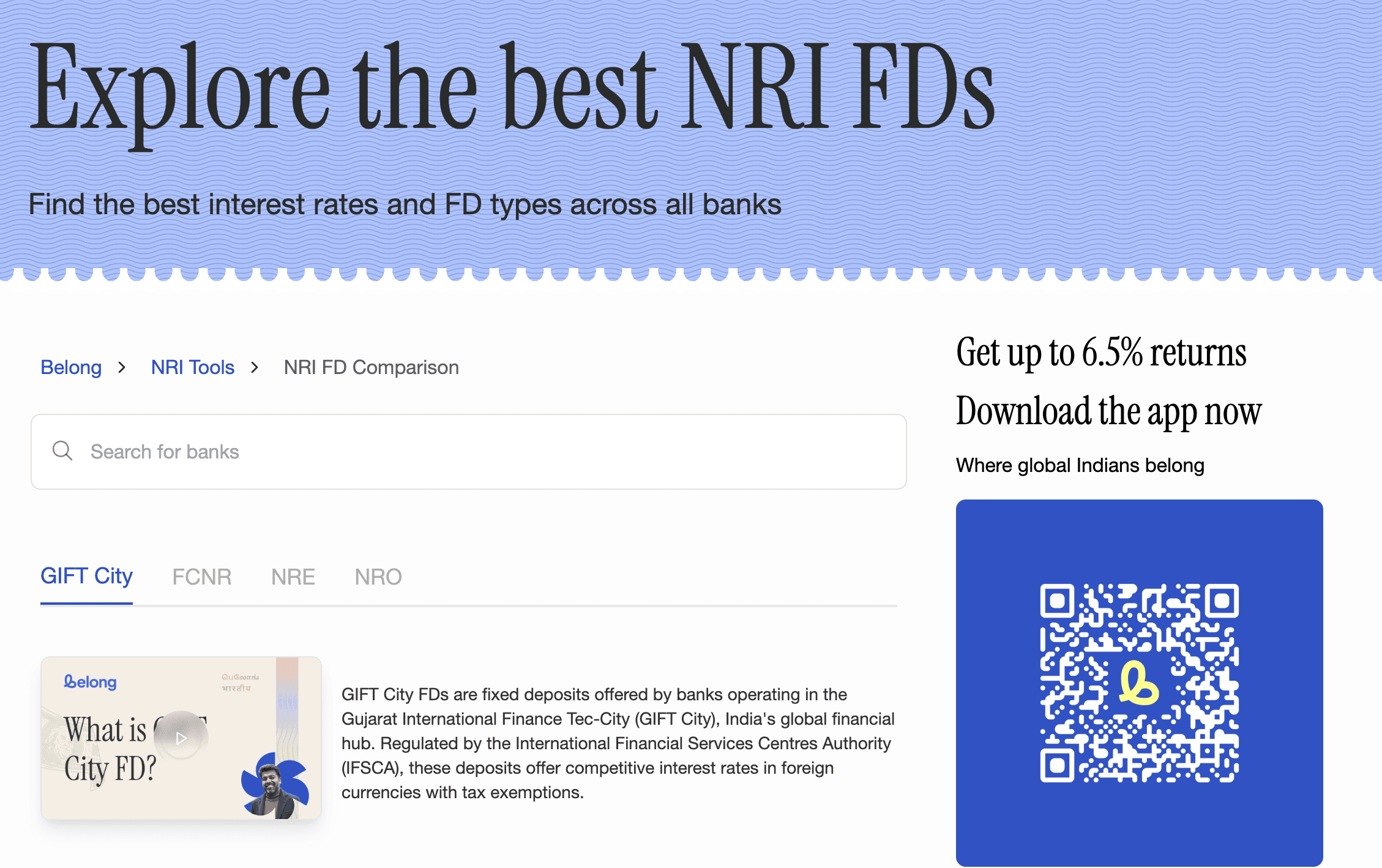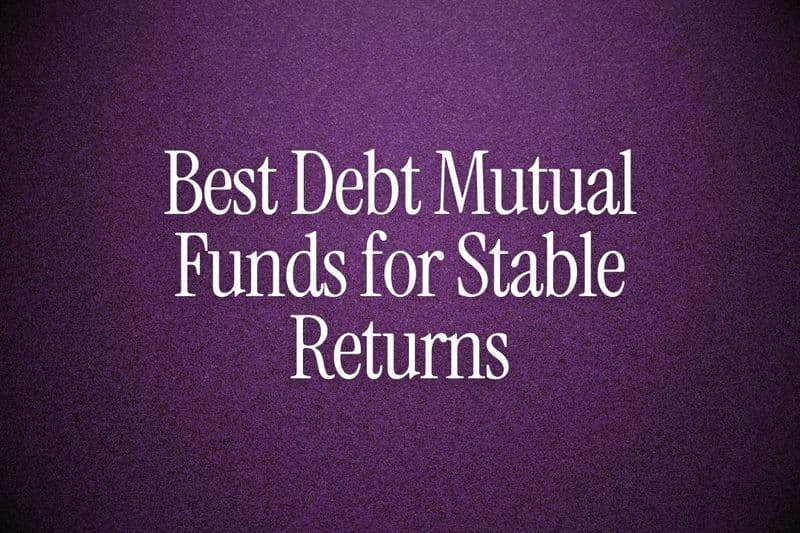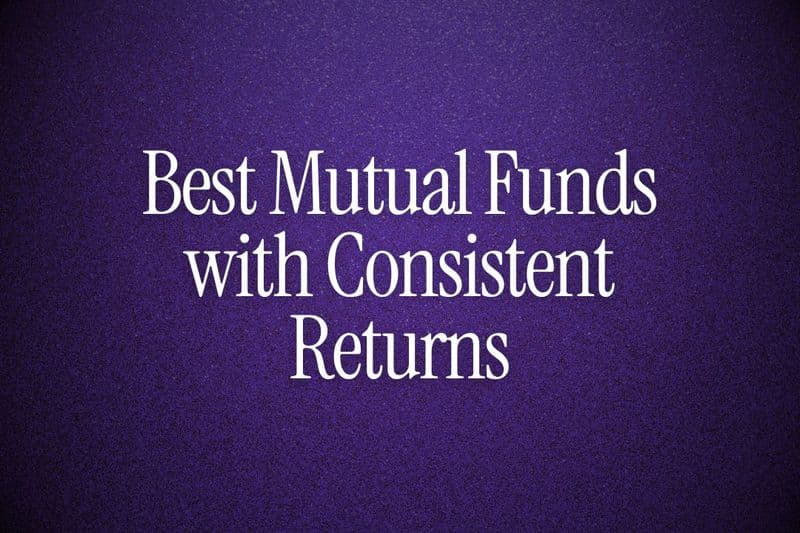
What is FD Laddering?
Suppose you need consistent returns without locking all your funds for years. Maybe you don’t want to miss out if FD rates go up next year. This is where fixed deposit (FD) laddering comes into the picture. Let us understand this smart play in this blog.
Simple Definition & Analogy of FD Laddering
FD laddering refers to dividing your money into various FDs with different tenures rather than one long-term FD. Consider a ladder: each step is an FD that comes due one after the other. In this fashion, you have an FD maturing from time to time, providing you with periodic access to money. You're not putting it all into one deposit; you're spacing your investments like ladder steps for consistent support and freedom of action.
How Laddering Works in Practice
Let us take an example to understand how FD laddering works. Suppose you have ₹5 lakh, which you want to invest. Instead of putting it all in a single 5-year FD, you create five FDs of ₹1 lakh each, maturing in 1, 2, 3, 4, and 5 years.
In year 1, the 1-year FD matures: you reinvest it for another 5 years.
In year 2, the 2-year FD matures: you reinvest it for another 5 years.
This cycle continues. After 5 years, you have an FD maturing every year. You get liquidity yearly without breaking any FD early. Plus, over time, all your money earns long-term FD rates, but since every year one of them matures, you have annual liquidity without prematurely breaking any FD.
If you need money for a particular year, you can use the FD maturing in that particular year without having to break the entire corpus.
Why Laddering is Perfect for NRIs in 2025
Tackle Interest Rate Uncertainty
The FD rates are dependent on the repo rates decided by the RBI. Laddering covers you if the FD reduces over time. You freeze some of your money at prevailing higher rates and hold the rest for shorter tenures to reinvest in future. This spreads your exposure over rate cycles and cushions the effect of sharp cuts.
Achieve Liquidity Without Breaking FDs
One of the eye-catching advantages of laddering is easy liquidity. So, in case you are in need of money, you can simply use the one that is about to mature. You don't have to encash a long-term FD and forego interest. Laddering provides you with access to funds without incurring a penalty.
Diversify Across Currencies and Risks
As an NRI, your funds are subject to currency fluctuations. That’s why mixing currencies in your FD ladder is important. This approach makes sure your money builds and retains value even if situations are not in your favour.
Maximise Tax Efficiency
For NRIs, the category of FD you select will impact your taxes. NRE and FCNR FDs are tax-exempt in India with no income tax or TDS. GIFT City FDs also offer tax-free interest. But NRO FDs are taxed according to your slab, and banks automatically deduct 30% TDS on interest accrued.
You can get the refund by filing your income tax returns, or if India has a Double Taxation Avoidance Agreement (DTAA) with your country of residence. But the process of getting a refund is time-consuming and paperwork-intensive.
Avoid all that by constructing your FD ladder primarily with NRE, FCNR, and GIFT City deposits. You receive tax-free interest from day one with no deductions, or wait for a refund.
Types of NRI Fixed Deposits to Include in your Ladder
- NRE FDs: You invest in rupees using your foreign income. A good option if you are saving to repatriate it in the future.
- NRO FDs: This is for your income earned in India, like rent or pension. It's useful when you would like to save rupee income.
- FCNR FDs: Here, you deposit in foreign currency like USD or EUR. This does not require rupee conversion or currency risk. It is perfect if you need the money in the same currency later.
- GIFT City FDs: They are offered by banks through their IFSC branches. It is a good option for smart, cross-border planning.
Step-by-Step: How to Build an NRI FD Ladder in 2025
Step 1 - Determine your Investment Horizon
Your investment horizon is the length of time you’re comfortable leaving money in FDs (without needing it all back at once). NRIs should consider factors like when they might need funds for their planned goals. Choose a horizon that covers your key financial goals.
Step 2 - Split the funds across tenures
Split your sum into 3 to 5 FDs with spaced-out maturities. For instance, you can invest ₹1 lakh in each of 1, 2, 3, 4, and 5-year FDs. One will mature annually - that's your liquidity.
Step 3 - Match each tenure with the right FD type
Use NRE FDs for long-term INR growth (tax-free). Use NRO FDs only if funds are sourced from India (taxable). Add FCNR or GIFT City FDs for foreign currency safety and zero tax. Choose based on when and where you’ll need the money.
Step 4 - Pick the Best Banks
Compare rates across reliable banks. Some pay higher on short FDs, others on long ones. Ladder your investments to minimise risk, and make sure you are treated as an NRI by the bank for proper tax management.
Use our FD Comparison Tool to pick the most rewarding fixed deposits across different maturities for your laddering strategy.
Step 5 - Reinvest Every Maturity
When an FD matures, reinvest it at the far end of your ladder. This keeps your cycle going and ensures long-term growth. Don’t auto-renew blindly. Check current rates before reinvesting.
Common Mistakes to Avoid and Smart Tips for NRI FD Laddering
Common Mistakes to Avoid While Laddering
1. Locking Everything in Long Tenures
Placing all money in 5-year or long-term FDs leaves you with no access, and you miss out on higher rates subsequently. Laddering corrects this by breaking up maturity dates.
2. Ignoring Currency Mix
Do not put all the money in rupees. Include FCNR or GIFT City FDs in international currencies to hedge against the depreciation of the rupee.
3. Choosing Only One Bank
Rates and terms of fixed deposits differ from bank to bank. Spreading your deposits across different banks also increases your coverage of Rs.5 lakh insurance per bank for your deposit. Investment across different banks provides greater security and returns.
Smart Tips for NRI FD Laddering in 2025
1. Watch RBI Rate Trends and Actively Reinvest
Keep a tab on the RBI policy rates. If rates decline, lock in FDs with longer tenures. If rates are likely to increase, reinvest short tenures for the present and go for longer tenures in the future.
2. Use a Blend of INR and Foreign Currency
Both NRE/NRO (INR) and FCNR/GIFT (forex) FDs should be utilised. This assists in offsetting greater interest in INR with stability in USD or EUR.
Also Read:





